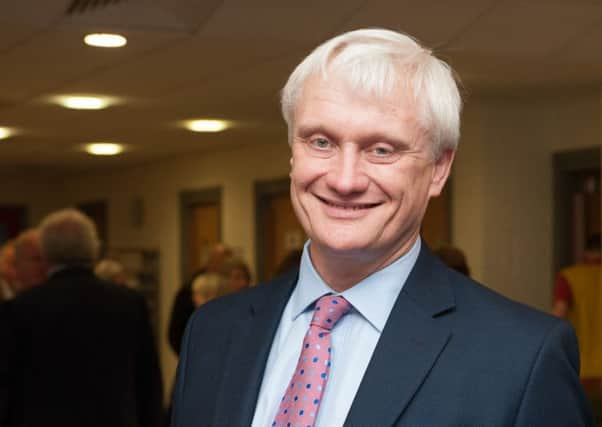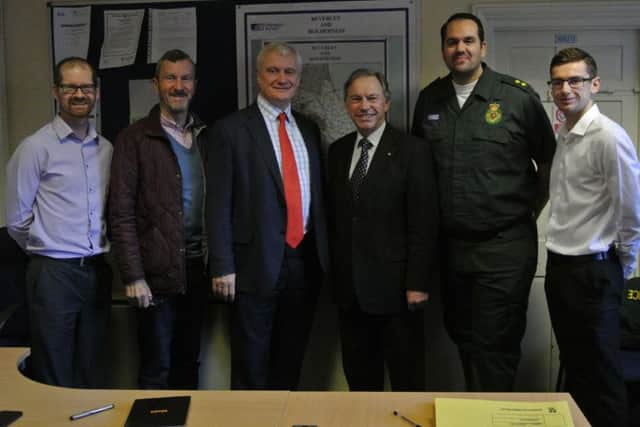MP Graham Stuart wants East Yorkshire to be UK leader in access to defibrillators


The Conservative MP for Beverley and Holderness has made it a priority of his new Community Access Defibrillators for East Yorkshire (CADEY) campaign to address the “patchy” coverage of the potentially life-saving machines.
“With the help of the Yorkshire Ambulance Service, I’ve identified 60 communities across Beverley and Holderness that still do not have a publicly-accessible defibrillator registered with the emergency services,” Mr Stuart said.


Advertisement
Hide AdAdvertisement
Hide Ad“These black spots are the top priority of the CADEY campaign, which I have launched to give residents a better chance of surviving from sudden cardiac arrests.
“If we can achieve full coverage, we are well on the way to making East Yorkshire an example for the rest of the country to follow.”
The campaign brings together local fundraisers, charities and the Yorkshire Ambulance Service in order to drive a more comprehensive strategy towards defibrillators, the MP said yesterday, ahead of the CADEY committee’s second meeting.


The committee is responsible for encouraging people to take part in fundraising, improving coverage and increasing awareness of where heart defibrillators are and how to use them.
Advertisement
Hide AdAdvertisement
Hide AdMr Stuart has asked residents to let his office know if their area is not covered by a defibrillator so that any black spots can be added to an online list.
A defibrillator gives a high energy electric shock to the heart to someone who is in cardiac arrest.
About 30,000 out of hospital cardiac arrests occur every year in the UK and research suggests that if a defibrillator is used and effective CPR is performed within three to five minutes, survival changes increase from six percent to 74 percent.
Defibrillators have become more readily available in public places in recent years.
